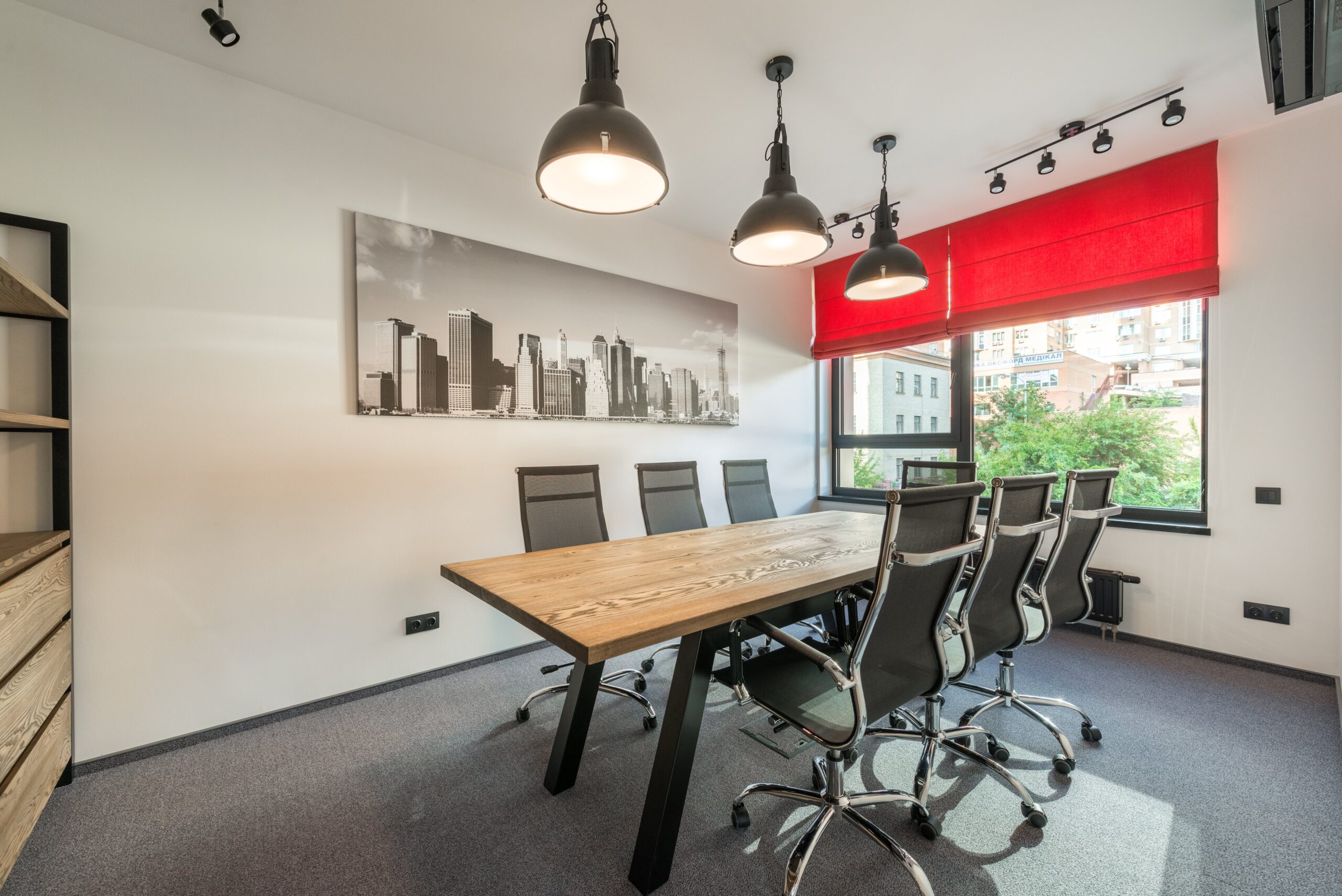
Keeping Your Office Renovations Safe
Renovating the office? You’ve come to the right place. It is good to makeover an office space, as it’ll help keep employees happy and the space productive and efficient.
If you are considering an office makeover, you will want to know how to keep the space safe. While renovations are ongoing, there could be many safety hazards. Keeping your space as safe as possible will make it safe for everyone else.
Using this guide, you will find the best safety hazard tips when you are renovating your office.
Remove rubbish and scraps effectively
Using the right scrap removal services, you will guarantee to keep your renovation space clear and safe. With metal over the floor and sides, the site won’t be safe. Hence, be sure to remove your waste and scraps effectively to keep the space as safe as possible.
Thorough planning is always going to help
Another easy way to maintain safety when renovating your office is to plan well and thoroughly. Before you decide to renovate, you have to plan it out! It is essential that you come up with a plan for renovating your office before you attack the plan in full force! A few things to consider: What is the scope of the renovation? Remember that the more drastic the renovation, the more expensive it will be. Do you know precisely what you want to change, repair, or replace? What do you hope to achieve from renovating? Do you plan to sell? Do you just want to improve or update? When do you want to complete this project? There are quite a few things to consider before you decide to take on this task. You may want to employ an architect, engineer, general contractor, or specialized contractor. Depending on the scope of the project, the level of this task will change and may require a professional.
Risk assessment
Your company should conduct a detailed risk assessment to help it identify any hazards associated with the renovation. Discovering and limiting the threats initially reduces the chances of having any to a minimum. Also, the increase in the safety of your workers is priceless.
Securing permits and compliance is wise
Be sure to get all necessary permits and approvals from the relevant authorities before you start your project. Take the time to familiarize yourself with building codes, zoning regulations, safety standards, and other requirements for your project in your local area. Be prepared to engage inspectors, regulators, and others in the compliance community to identify and address concerns and minimize your compliance risks.
Good contractor selection is crucial
Choose contractors and construction firms that have a reputation for being safety-oriented. Verify the character and competence of the firm by checking their references, verifying their certifications, requesting their safety and health program, and checking how they did on previous projects. Have a pre-start safety meeting to discuss the project hazards and controls and make sure they are on board with your company’s safe work practices, policies, and procedures.
Be sure to train employees well
Train and make employees aware of the safety protocols and procedures for the renovation. Conduct training in emergency response, hazard recognition, and accident prevention to empower employees to prioritize safety. Foster open lines of communication and feedback to address safety concerns and institute remedial action as appropriate.
Site safety measures
Introduce good safety practices on the project. Use partition screens and hoarding to keep the workings separate from the public areas of the building and restrict access to hazardous areas. Make sure that everyone is wearing their personal protective equipment (PPE).
Routinely inspect the site
Conduct routine inspections and site audits to identify potential safety hazards and ensure that all safety guidelines and procedures are being followed. Monitor the progress of construction to make sure that safety guidelines are at work and that all risk mitigation efforts are effective. Correct any safety deficiencies or issues promptly to prevent accidents, injuries, and possible hazards.
Emergency preparedness is good for everyone
Develop and implement an emergency response plan tailored to the specific project and job site. In addition to constructing a plan, have safety meetings with all workers to make sure everyone is aware of what to do in case of an accident, injury, or emergency. Make sure evacuation procedures are in place. Review and revise any emergency preparedness and response plans on a regular basis to ensure that all workers know what to do in an emergency situation.






